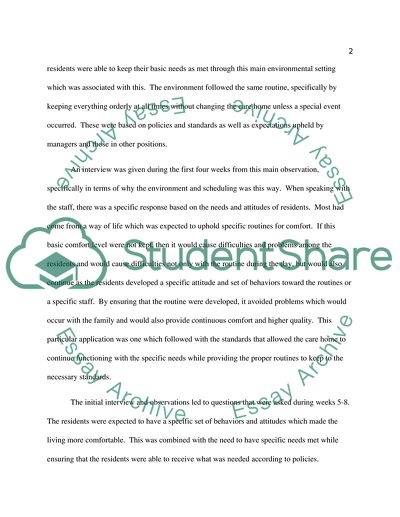Cite this document
(“Complexities of the Care Facility and Nursing Home Essay”, n.d.)
Complexities of the Care Facility and Nursing Home Essay. Retrieved from https://studentshare.org/nursing/1762450-innovation-project-report
Complexities of the Care Facility and Nursing Home Essay. Retrieved from https://studentshare.org/nursing/1762450-innovation-project-report
(Complexities of the Care Facility and Nursing Home Essay)
Complexities of the Care Facility and Nursing Home Essay. https://studentshare.org/nursing/1762450-innovation-project-report.
Complexities of the Care Facility and Nursing Home Essay. https://studentshare.org/nursing/1762450-innovation-project-report.
“Complexities of the Care Facility and Nursing Home Essay”, n.d. https://studentshare.org/nursing/1762450-innovation-project-report.


